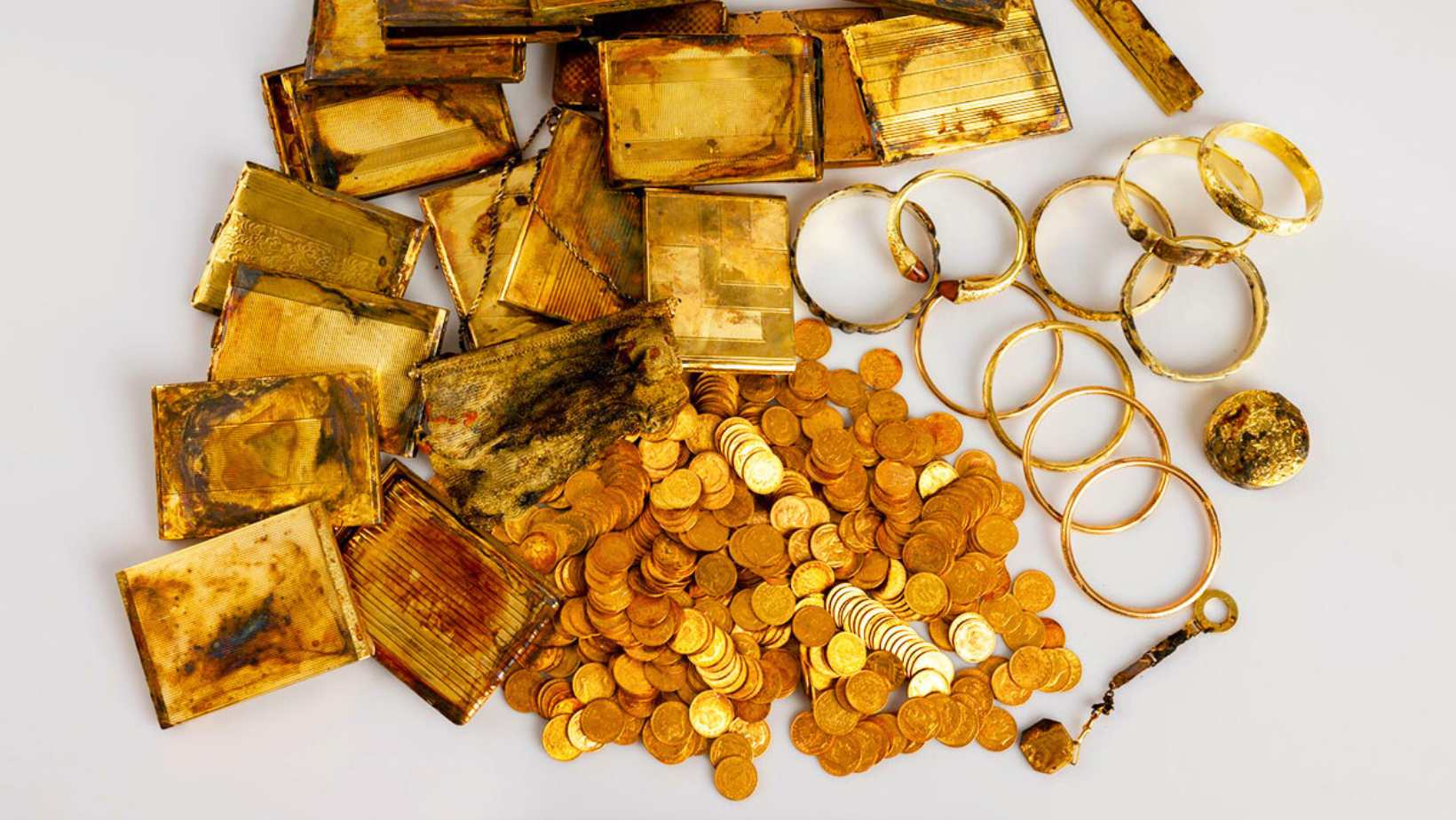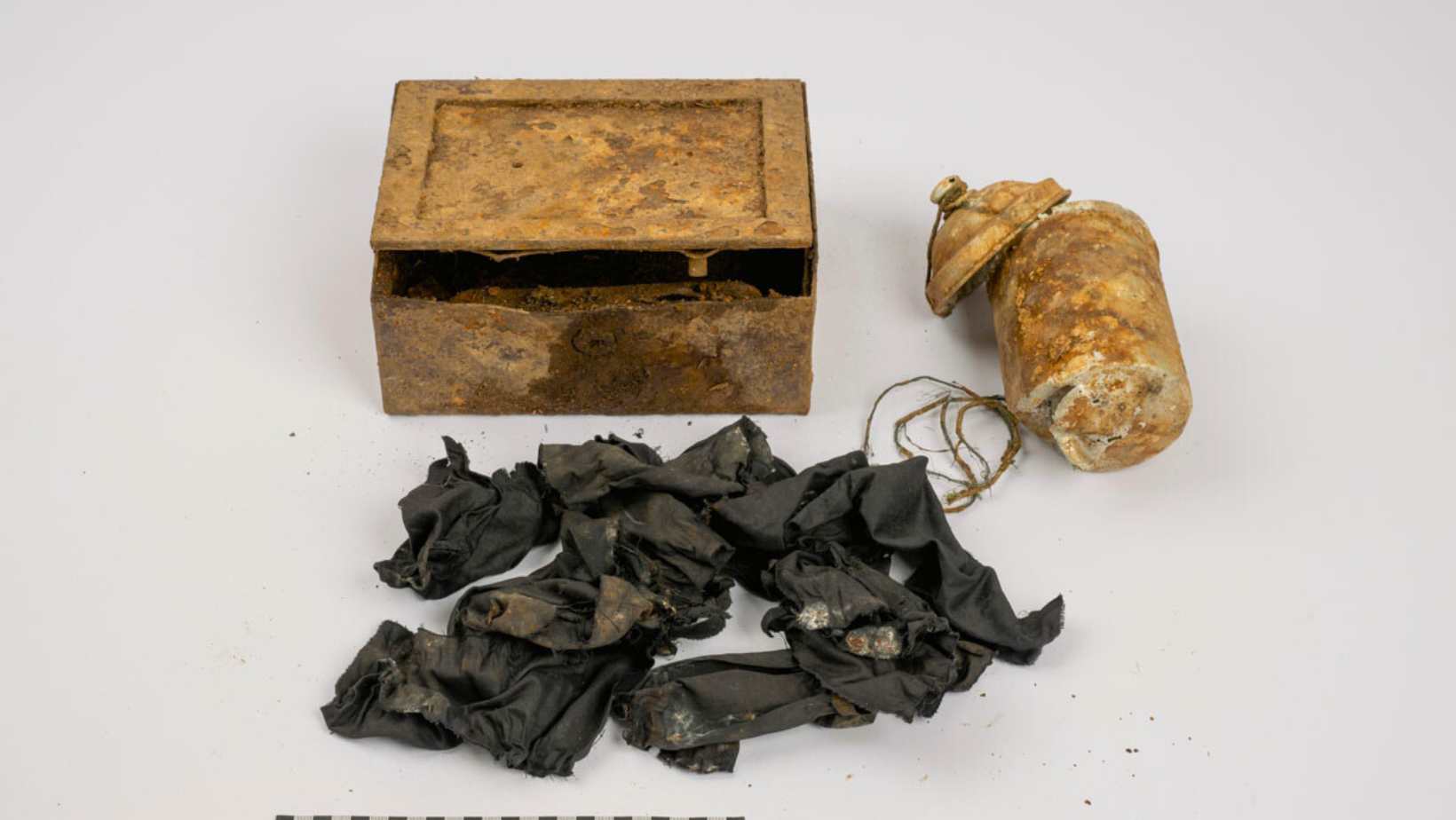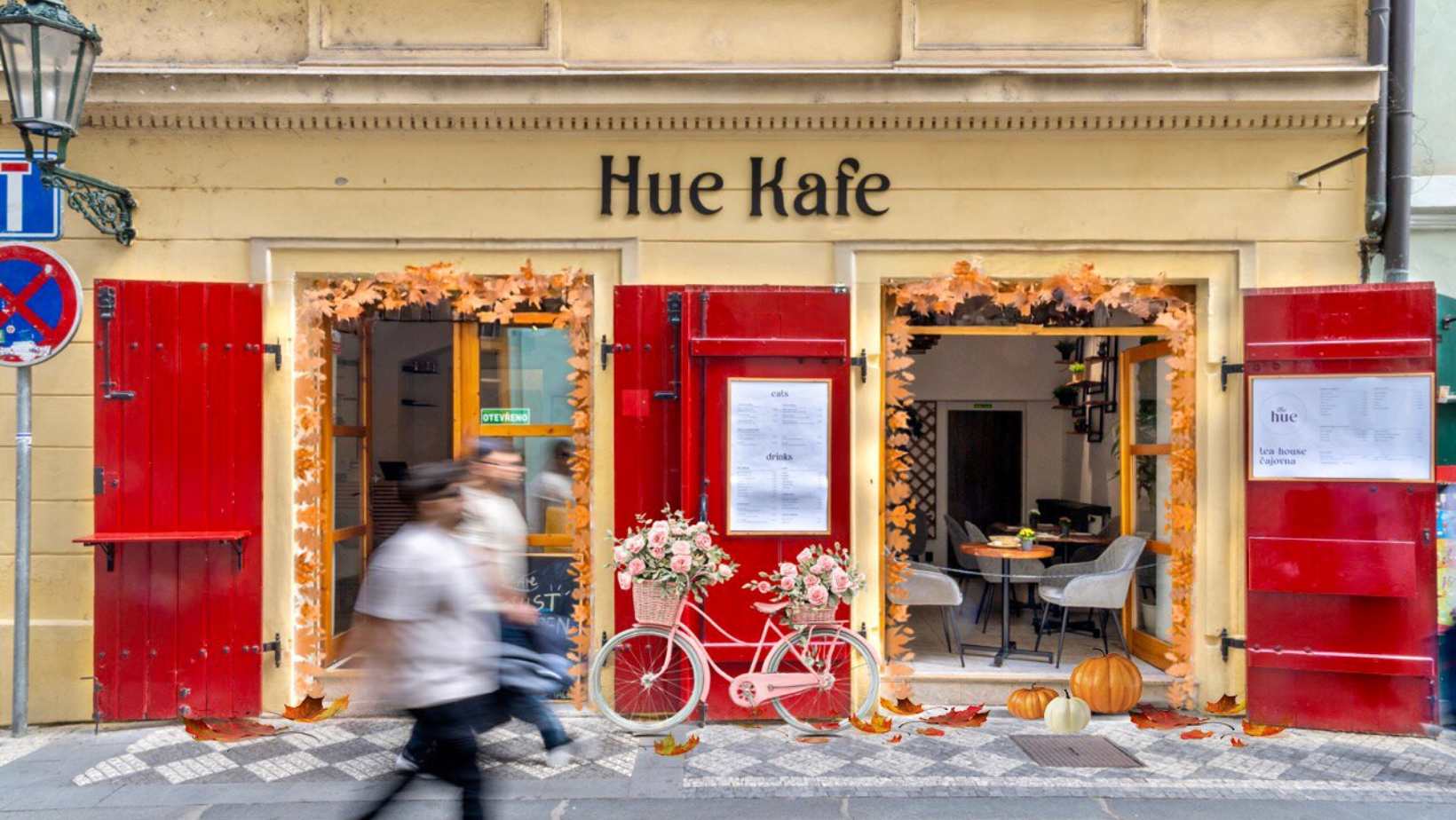Tourists Discover CZK 7.5 Million Gold Hoard in Czech Forest
Prague Morning

Two tourists exploring the wooded southwestern slope of Zvičina Hill, near the town of Dvůr Králové nad Labem, made a remarkable discovery: a trove of gold coins and jewelry estimated to be worth over CZK 7.5 million.
The find, made in early February, was only recently made public by the Museum of Eastern Bohemia, which is now studying and preserving the artifacts.
According to the museum, the treasure includes 598 gold coins, ornate jewelry, and personal items like cigarette cases and a purse made of fine wire mesh.
The total weight of the items is approximately 7 kilograms, with coins accounting for 3.7 kg of solid gold. The exact composition of the remaining items is still under analysis.
The objects were found hidden beneath a stone embankment, and experts believe they were concealed around 1921—or possibly even earlier.
Numismatist Vojtěch Bradle noted that the coins are not typical currency from the early 20th century. Most were minted between 1808 and 1915, but several bear countermarks—tiny stamps added in the 1920s or 1930s in former Yugoslavia, indicating they were still in circulation or revalidated after World War I.
The discovery is being carefully analyzed by the Probing Chamber of the Czech Republic, which will determine the precise metal composition of each item. This will help guide the restoration process, assess the monetary value, and calculate the finder’s legal reward.


How Much Is It Worth?
According to Novák, the market value based on gold content alone could easily exceed CZK 7.5 million, but its historical value is immeasurable.
Czech law stipulates that finders can receive either up to 100% of the market value of precious materials, or up to 10% of the historical value, depending on the final expert evaluation.
Why Was It Hidden?
The location of the find—along the former border between Czech and German settlements—has led researchers to consider several possible scenarios for why the treasure was buried. These include:
- The 1938 Nazi occupation, which led to the forced expulsion of Czech residents
- The post-war expulsion of German inhabitants
- Or the communist-era resettlement programs and currency reforms after 1948
Placing valuables underground to protect them during uncertain times is a practice that stretches back to prehistoric civilizations.
But the size, weight, and range of this hoard makes it one of the most exceptional finds in modern Czech history.

Would you like us to write about your business? Find out more
-
NEWSLETTER
Subscribe for our daily news










